This article was co-authored by Claudia Carberry, RD, MS. Claudia Carberry is a Registered Dietitian specializing in kidney transplants and counseling patients for weight loss at the University of Arkansas for Medical Sciences. She is a member of the Arkansas Academy of Nutrition and Dietetics. Claudia received her MS in Nutrition from the University of Tennessee Knoxville in 2010.
wikiHow marks an article as reader-approved once it receives enough positive feedback. This article received 43 testimonials and 95% of readers who voted found it helpful, earning it our reader-approved status.
This article has been viewed 547,486 times.
Iron is an essential nutrient. Without iron, blood cells have difficulty transporting oxygen to your muscles and cells, and you may easily become fatigued. Start with Step 1 below to learn how to increase your body’s ability to absorb iron.
Steps
Eating the Right Foods
-
1Eat foods high in iron and vitamin C. The human body typically absorbs iron from dietary sources. In order to absorb the iron, you must consume it through food or supplements. Vegetarians, young children, pregnant women, and individuals with certain chronic illnesses may be at increased risk for poor iron absorption or inadequate iron levels.[1] Certain foods are naturally high in iron and can be regularly incorporated into the diet to increase the amount of iron you absorb.
- Even vegetarians who eat high quantities of fortified grains and iron-rich vegetables can still suffer from iron deficiencies. The form of iron found in plants is more difficult for the body to absorb, but combining them with foods or drinks that contain vitamin C can increase absorption levels.[2]
- Healthy food combinations to help increase iron absorption include peppers with black beans and lentils with Brussels sprouts.
- The daily value (DV) for iron is 18mg for most adults and children over age 4. Pregnant women need more iron (27mg daily).[3]
-
2Eat meat and seafood to get dietary iron. Most animal proteins provide iron, and red meat is a particularly good source of dietary iron.[4] [5]
- Even small portions of animal proteins on a regular basis can help many individuals obtain healthy levels of iron in the blood.
- Eat oysters and other shellfish. One serving of oysters provides 44% (8mg) of the recommended daily iron intake for most adults.
- Eat organ meats. Organ meats such as beef liver can also be very rich in iron. 3 ounces of beef liver provides 28% (5mg) of your daily iron intake.[6]
Advertisement -
3
-
4Eat fortified grain products. Many breakfast cereals are fortified with iron. In some cases, a single bowl of fortified cereal can provide sufficient daily iron intake, but not all cereals are fortified to the same degree.[9]
- Check cereals, breads, pastas, and other grain products for iron content to get an accurate estimate of how many milligrams you consume each day from products you already eat regularly.
-
5
-
6Eat nuts and seeds. In addition to heart-healthy omega-3 fatty acids, many nuts provide a healthy dose of iron.[12] Try cashew nuts, pistachios, almonds, or pine nuts (actually a type of seed).
- Sunflower seeds and pumpkin seeds also provide iron.
-
7
-
8Combine iron-rich plant foods with citrus. Oranges and grapefruits are excellent sources of vitamin C. Whole or as freshly squeezed juice, they are helpful for increased iron absorption.[15]
-
9Eat more vegetables. Bell peppers, broccoli, kohlrabi, cabbage, sweet potatoes, cauliflower, and kale offer vitamin C and are easy to incorporate with other vegetables that are iron-rich.[16]
Taking Iron Supplements
-
1Speak with a health professional about iron supplements. Iron needs vary during different stages of life and for men and women. Young children, adolescents experiencing growth spurts, menstruating women, and pregnant women often have elevated iron needs. Many infants are given iron supplements or fed iron-fortified formula to achieve adequate iron levels. Anemic individuals or people taking antacids also may require iron supplements to ensure adequate intake. Your doctor can help you decide whether you need additional iron supplements.[17]
- In most cases, adequate iron intake can be achieved through the diet or through a standard multi-vitamin.
- Pregnant women taking prenatal vitamins may already be receiving iron supplementation.
-
2Get tested for iron deficiency. In many cases, a simple blood test can give immediate feedback on your current iron levels and alert you to a potential deficiency.[18]
- To confirm an actual deficiency or anemia, additional blood tests must be conducted. These can help determine whether the deficiency is caused by inadequate intake or another medical condition.
- The people most at risk of iron deficiency are pregnant women, infants and young children, women with heavy menstrual bleeding, frequent blood donors, and people with cancer, gastrointestinal disorders, or heart failure. People who live in developing countries are also at higher risk.[19]
-
3Review over-the-counter iron supplement options. Many iron supplements are available for purchase without a prescription.[20]
- Depending on your needs, a single low-dose supplement each day may help you achieve adequate intake. Remember that supplements are only necessary to make up the difference between your dietary intake and your iron needs.
- Infant iron supplement drops and other specialty supplements often require a prescription from a physician or nurse practitioner.
Expert Q&A
-
QuestionHow do I increase my iron absorption?
 Claudia Carberry, RD, MSClaudia Carberry is a Registered Dietitian specializing in kidney transplants and counseling patients for weight loss at the University of Arkansas for Medical Sciences. She is a member of the Arkansas Academy of Nutrition and Dietetics. Claudia received her MS in Nutrition from the University of Tennessee Knoxville in 2010.
Claudia Carberry, RD, MSClaudia Carberry is a Registered Dietitian specializing in kidney transplants and counseling patients for weight loss at the University of Arkansas for Medical Sciences. She is a member of the Arkansas Academy of Nutrition and Dietetics. Claudia received her MS in Nutrition from the University of Tennessee Knoxville in 2010.
Master's Degree, Nutrition, University of Tennessee Knoxville Master's Degree, Nutrition, University of Tennessee KnoxvilleExpert AnswerEating vitamin C with your protein sources is the best thing you can do to increase your iron absorption. Try combos such as peppers with black beans or lentils with Brussels sprouts.
Master's Degree, Nutrition, University of Tennessee KnoxvilleExpert AnswerEating vitamin C with your protein sources is the best thing you can do to increase your iron absorption. Try combos such as peppers with black beans or lentils with Brussels sprouts. -
QuestionDoes salmon have iron in it?
 Claudia Carberry, RD, MSClaudia Carberry is a Registered Dietitian specializing in kidney transplants and counseling patients for weight loss at the University of Arkansas for Medical Sciences. She is a member of the Arkansas Academy of Nutrition and Dietetics. Claudia received her MS in Nutrition from the University of Tennessee Knoxville in 2010.
Claudia Carberry, RD, MSClaudia Carberry is a Registered Dietitian specializing in kidney transplants and counseling patients for weight loss at the University of Arkansas for Medical Sciences. She is a member of the Arkansas Academy of Nutrition and Dietetics. Claudia received her MS in Nutrition from the University of Tennessee Knoxville in 2010.
Master's Degree, Nutrition, University of Tennessee Knoxville Master's Degree, Nutrition, University of Tennessee KnoxvilleExpert AnswerSalmon is a fair source of iron, but not great. It has the same amount as meats such as chicken or ham.
Master's Degree, Nutrition, University of Tennessee KnoxvilleExpert AnswerSalmon is a fair source of iron, but not great. It has the same amount as meats such as chicken or ham.
Warnings
- It is possible to consume too much iron or have it build up in the body to unsafe levels due to diseases such as iron overload or hemochromatosis. If left untreated, this can cause organ damage.⧼thumbs_response⧽
References
- ↑ https://ods.od.nih.gov/factsheets/Iron-HealthProfessional/
- ↑ http://www.ncbi.nlm.nih.gov/pubmed/2507689
- ↑ https://ods.od.nih.gov/factsheets/Iron-HealthProfessional/#h4
- ↑ https://ods.od.nih.gov/factsheets/Iron-HealthProfessional/#h4
- ↑ https://ods.od.nih.gov/pubs/usdandb/Iron-Content.pdf
- ↑ https://ods.od.nih.gov/factsheets/Iron-HealthProfessional/#h4
- ↑ https://ods.od.nih.gov/pubs/usdandb/Iron-Content.pdf
- ↑ https://ods.od.nih.gov/factsheets/Iron-HealthProfessional/#h4
- ↑ https://ods.od.nih.gov/factsheets/Iron-HealthProfessional/#h4
- ↑ https://ods.od.nih.gov/factsheets/Iron-HealthProfessional/#h4
- ↑ https://ods.od.nih.gov/factsheets/Iron-HealthProfessional/#h4
- ↑ https://ods.od.nih.gov/factsheets/Iron-HealthProfessional/#h4
- ↑ http://www.ncbi.nlm.nih.gov/pubmed/2507689
- ↑ https://ods.od.nih.gov/factsheets/VitaminC-HealthProfessional/#h3
- ↑ https://ods.od.nih.gov/factsheets/VitaminC-HealthProfessional/#h3
- ↑ https://ods.od.nih.gov/factsheets/VitaminC-HealthProfessional/#h3
- ↑ https://ods.od.nih.gov/factsheets/VitaminC-HealthProfessional/#h3
- ↑ https://ods.od.nih.gov/factsheets/Iron-HealthProfessional/#h5
- ↑ https://ods.od.nih.gov/factsheets/Iron-HealthProfessional/#h4
- ↑ https://ods.od.nih.gov/factsheets/Iron-HealthProfessional/#h5
About This Article
To increase iron absorption, eat food combinations that are high in iron and vitamin C, such as peppers with black beans or lentils with Brussels sprouts. Alternatively, eat oranges or grapefruits along with iron-rich vegetables, since the vitamin C in citrus fruit increases your body’s iron absorption. You can also get iron by eating small portions of red meat or fish, including shell fish. If you’re vegetarian, rely on legumes, like soy beans, kidney beans, and chickpeas, to keep your iron levels up. Additionally, eat fortified grain products, like cereal, pasta, and bread, which all contain iron. For snack ideas, opt for nuts, including almonds or cashews, which contain healthy omega 3 fats as well as iron. To learn more from our Dietary co-author, including how to absorb iron by taking supplements, keep reading!
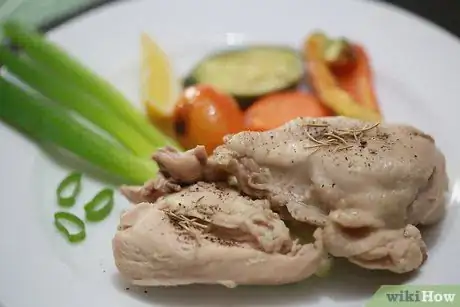
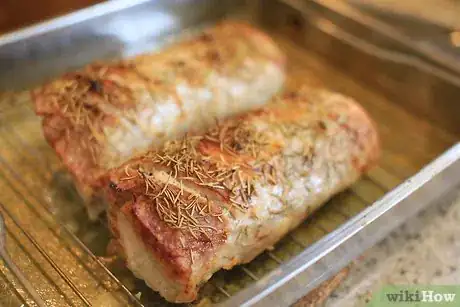

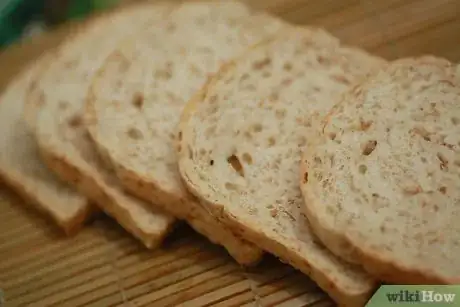
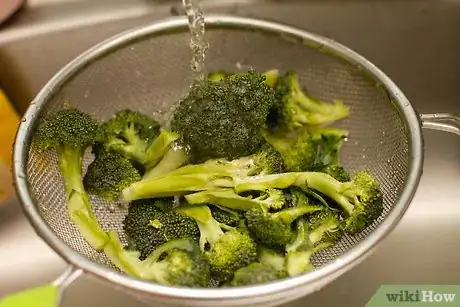
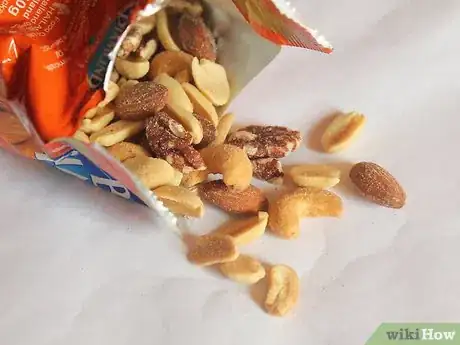
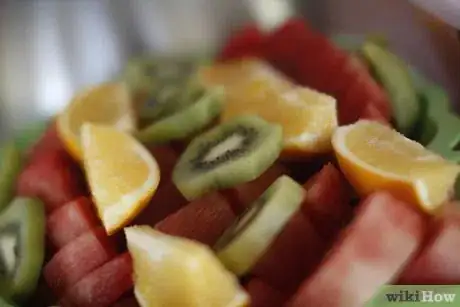


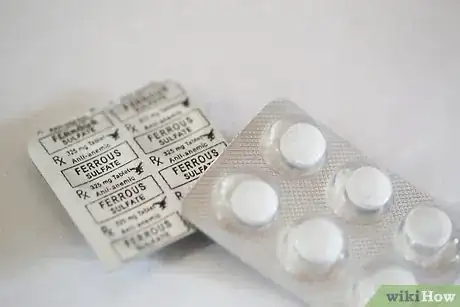
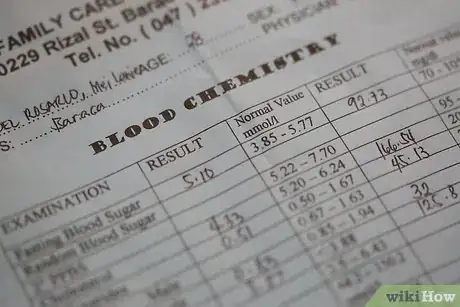
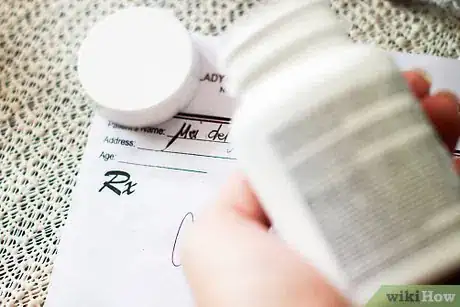


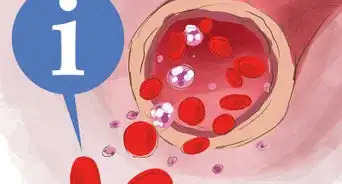

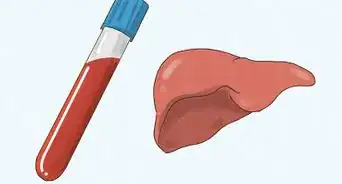



-Step-14-Version-2.webp)
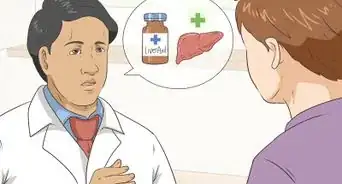
















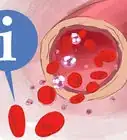





































Medical Disclaimer
The content of this article is not intended to be a substitute for professional medical advice, examination, diagnosis, or treatment. You should always contact your doctor or other qualified healthcare professional before starting, changing, or stopping any kind of health treatment.
Read More...